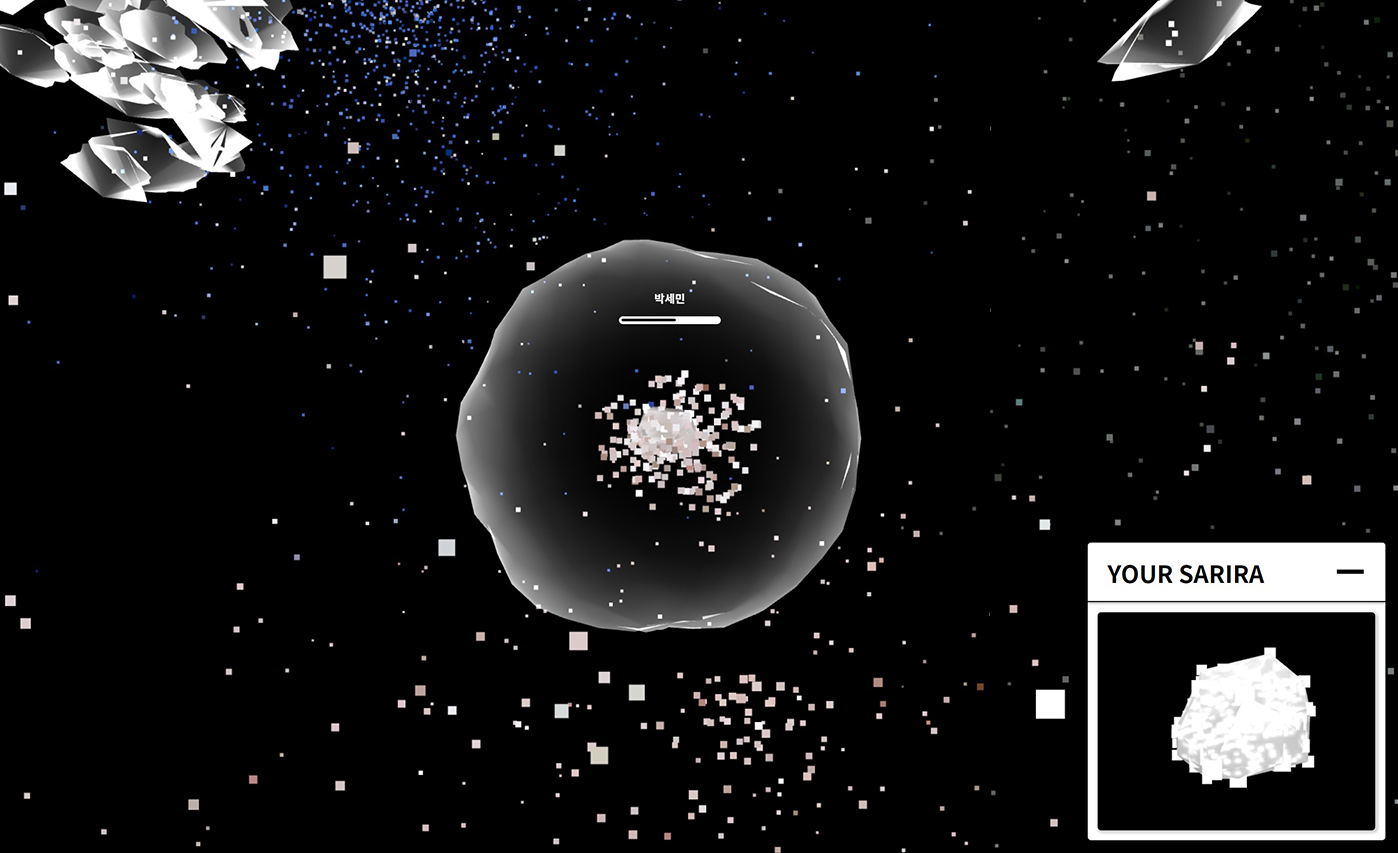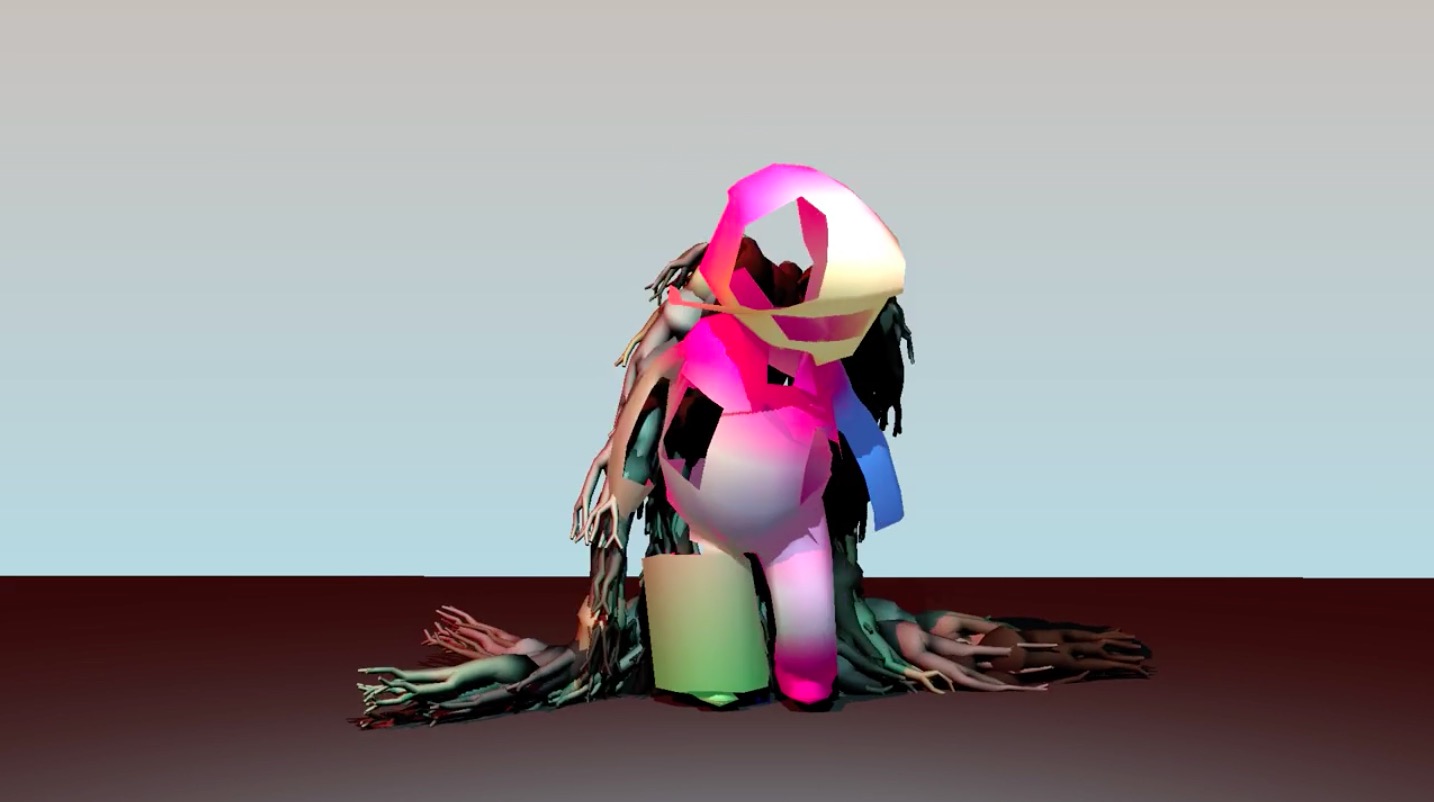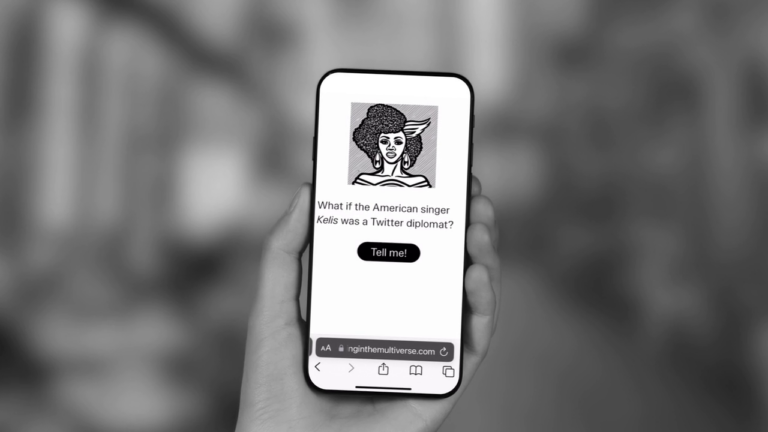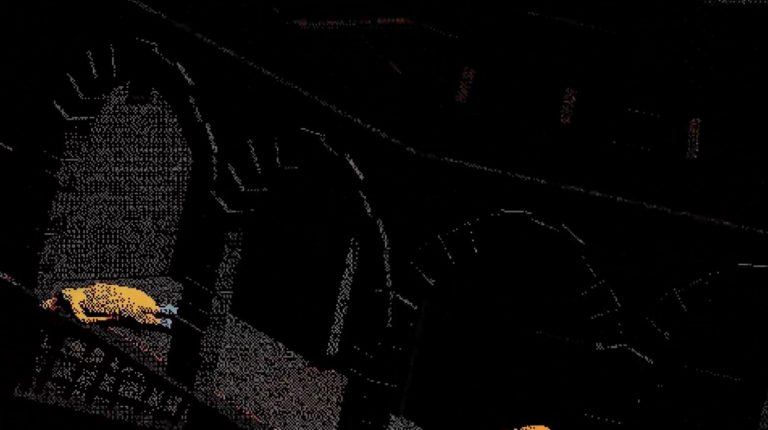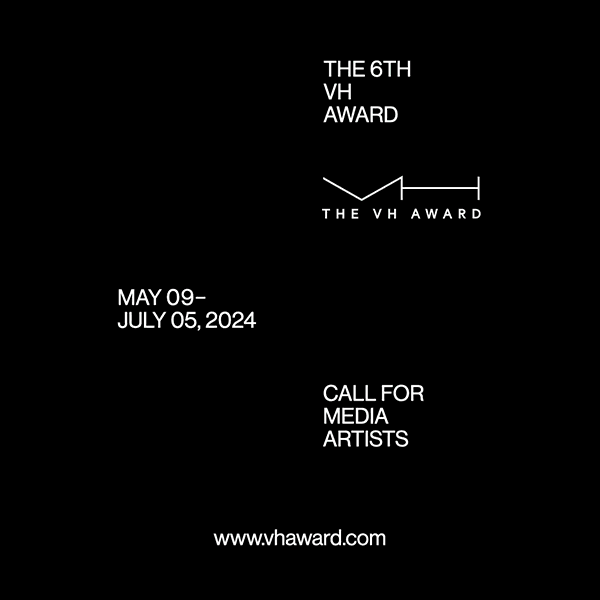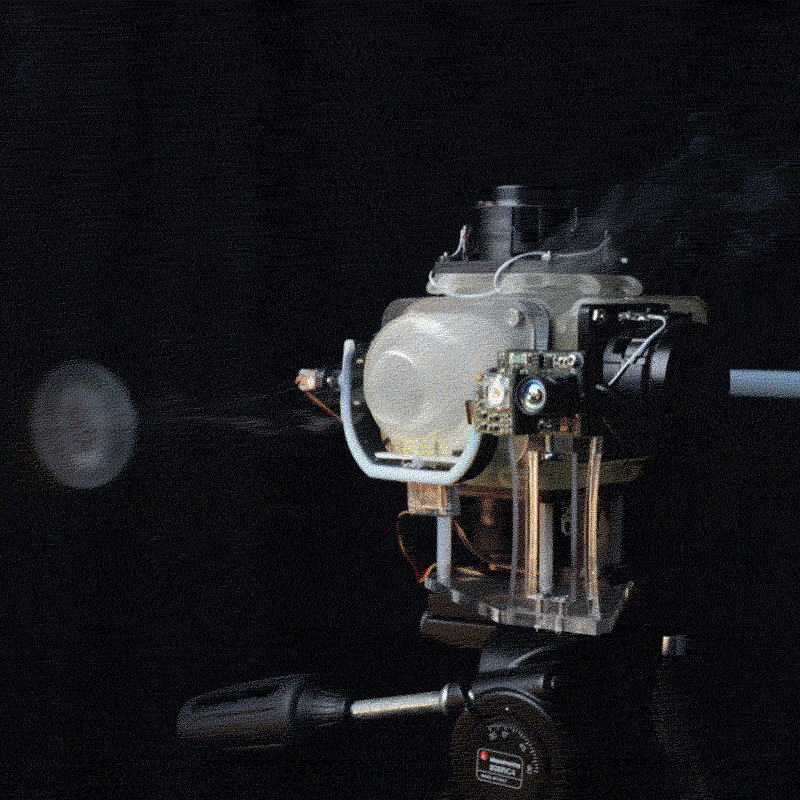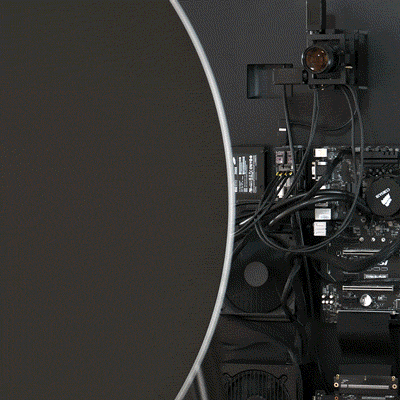Plastic Sarira is a web-based media art project that presents a virtual ecosystem in which computer-programmed life forms and 3D-scanned plastic marine debris coexist in symbiosis. Audiences can participate in this simulation as an avatar and interact with various organisms and microplastics. However, these interactions leaves traces on the participants through the transmission (inhalation, consumption) of microplastics, which accumulate and cluster inside their body as a ‘sarira’. This process emphasizes humans as interdependent, synthetic beings that are both intimately affected by and influence other organisms and objects in our already plasticized world.
Our project was inspired by the ‘plastisphere’, a microbial community composed of heterotrophs, autotrophs, predators, and symbionts found on the outer layer of plastic marine debris. We focused on two ways in which the plastisphere is creating new worlds. First, plastic debris acts as a pervasive and highly durable vessel for transferring invasive species, resulting in unprecedented changes to other ecosystems. Second, the wide variety of microorganisms from different regions present in the plastic debris enables the formation of unique communities. Thus, the plastisphere can be seen as an artificial medium that connects one life form with a completely different organism, inanimate object, and heterogeneous environment. When considering the properties attributed to the ever-ubiquitous microplastics,which circulate in the ocean, air, underground water, and living beings, it becomes clear that the plastisphere is creating an interconnected network. [2] To simulate a reinterpretation of the plastisphere, we initially needed to create a dataset of plastic marine debris. After consulting our research methodology (time, scope, tools, beach selection criteria) with ‘OSEAN’ [3], a non-profit independent research institute, we collected,categorized, and 3D scanned a total of 300 plastic wastes from eleven beaches in South Korea.
Subsequently, artificial life forms were programmed and a virtual ecosystem was structured.Each organism was given individual parameters, such as lifespan, capacity to consume, size and metabolic activity. These properties would affect their interactions in the ecosystem and determine their role as a final consumer, tertiary consumer, secondary consumer, or primary consumer. With these settings, artificial life forms were ready to roam, breathe microplastics, and consume other life forms along with their microplastics. Moreover, we also enabled the potential for microplastics to accumulate and form a “sarira”inside the organisms’ bodies. A sarira is a crystal-like Buddhist relic believed to be found among the cremated ashes of Buddhist spiritual masters and is commonly seen as a manifestation of good deeds. In contrast, our project proposes a new type of sarira: the plastic sarira, composed of microplastics. This will be left by every life form in our simulation, not as a result of good deeds, but rather as a collective record of every interaction an organism had with its artificial /natural environment.
In conclusion, our work seeks to transcend the traditional dichotomy of nature and humans, the natural and the artificial, and the environment and the individual. Rather, we explore new ways in which humans and the natural world are intertwined, and how this synthesis is manifested in our plasticized world. With this, we hope to gain a better appreciation of how our actions shape the world, and how our environment shapes us in turn.
Technology: 3D Scanning / Point Cloud Visualization / Artificial Life Programming / Convex Hull Algorithm / WebGL Generative Sound
Project Page | Park Syemin | Instagram
Credits: Park Syemin, Choi Seunghee (Artists), Unknown Kim (Sound Design) and 1-2-3-4-5 Studio (Web Design & Publishing).
Fund & Support: Arts Council Korea, Ministry of Culture And Tourism [Online Media Art Activities 2022]
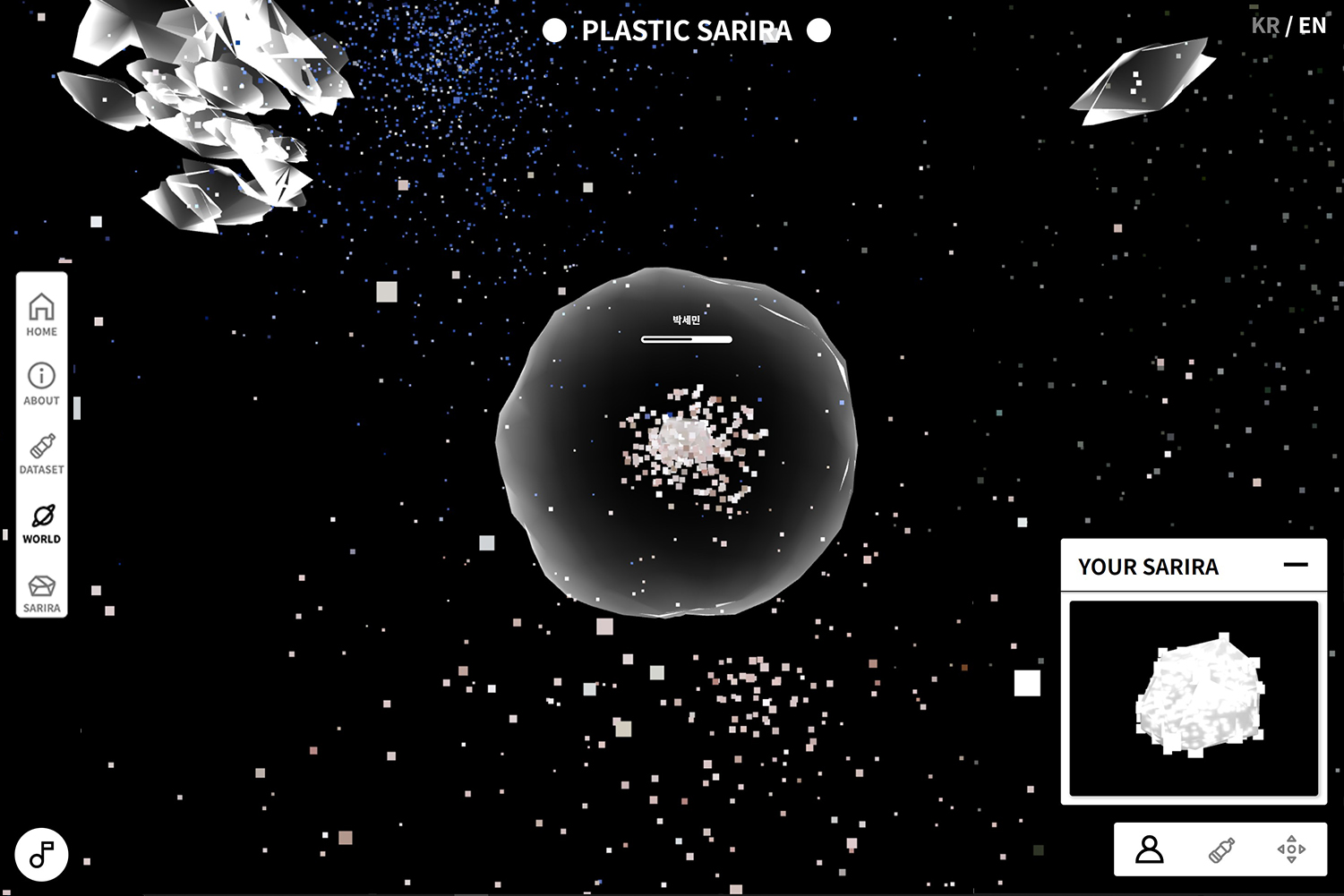
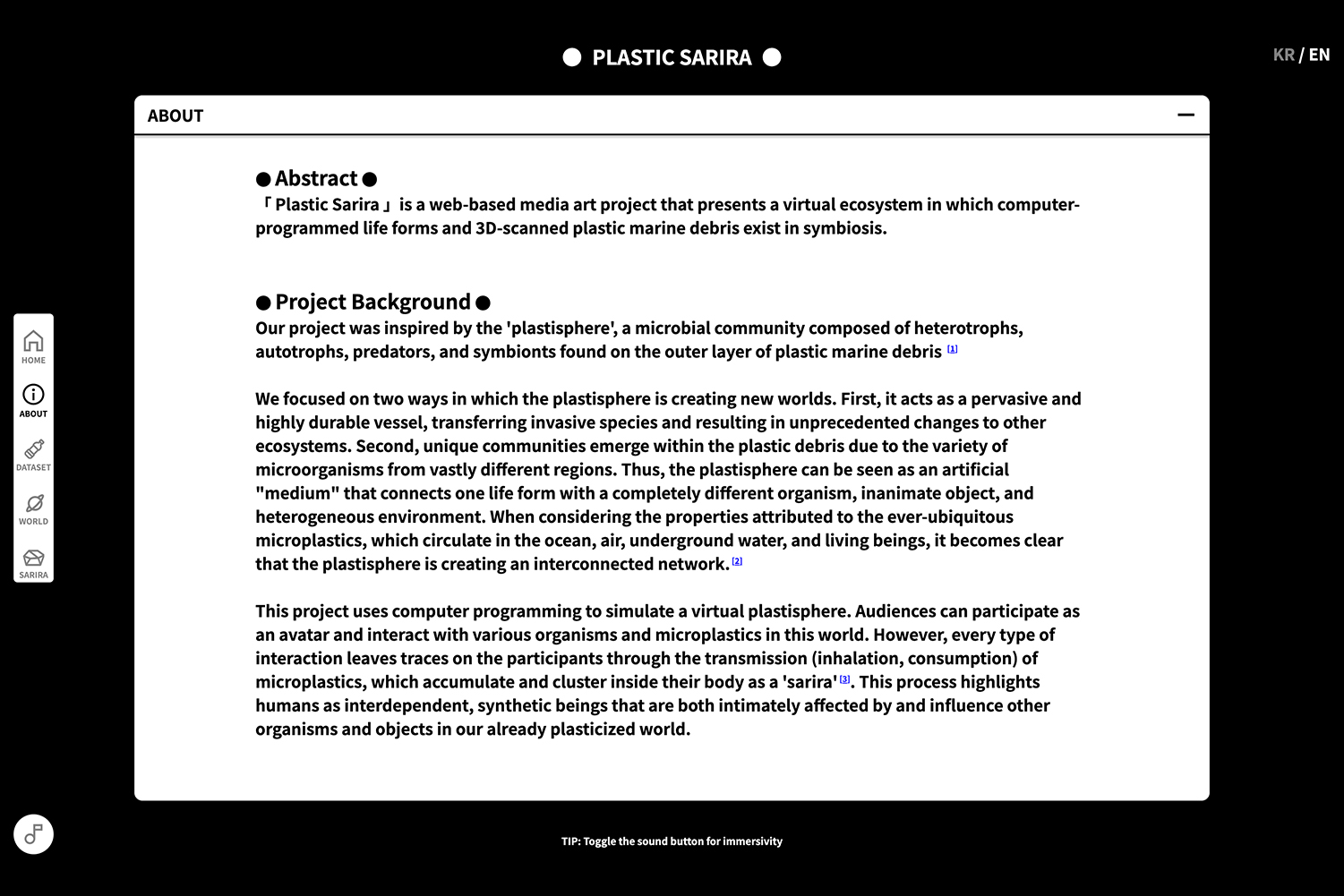
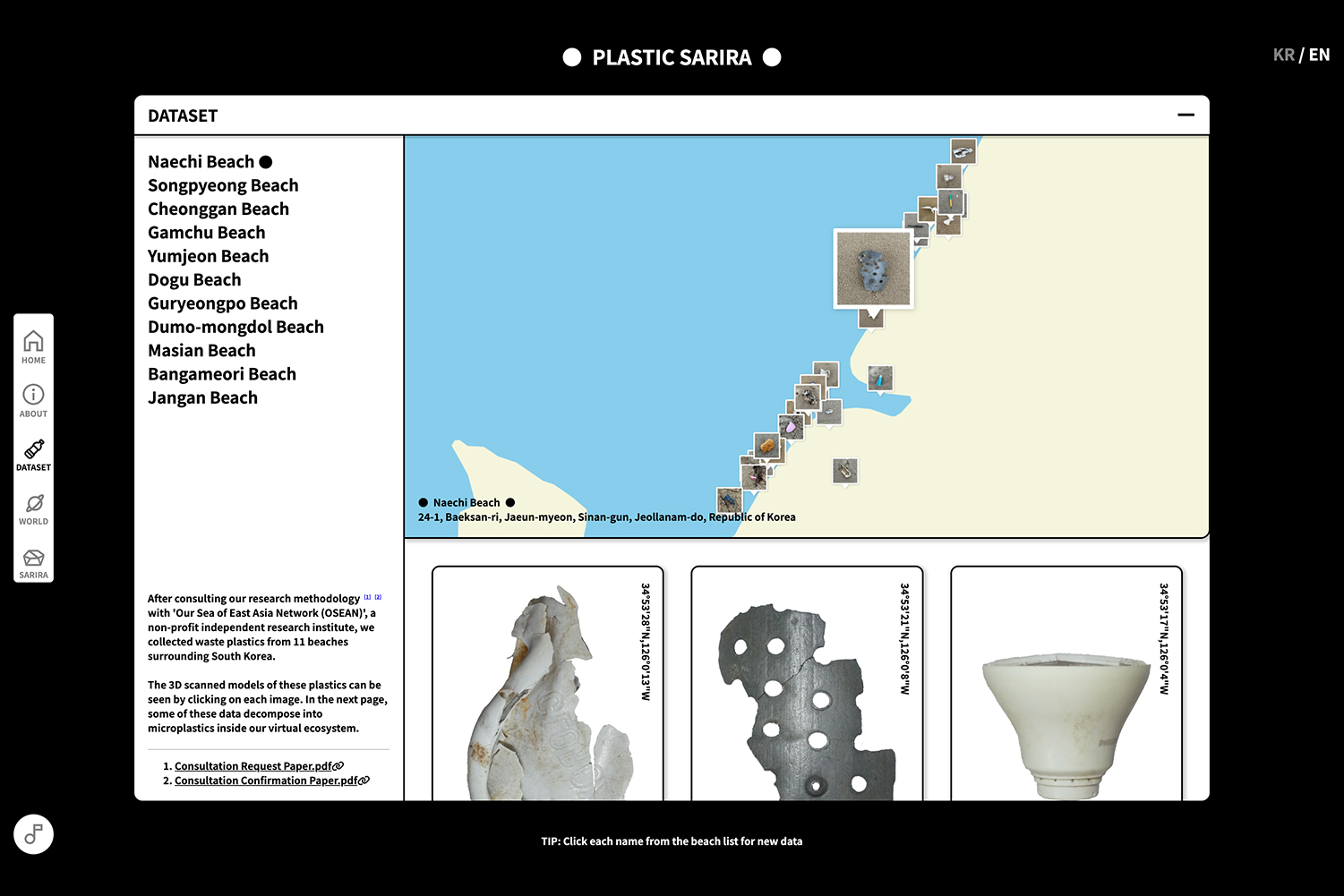
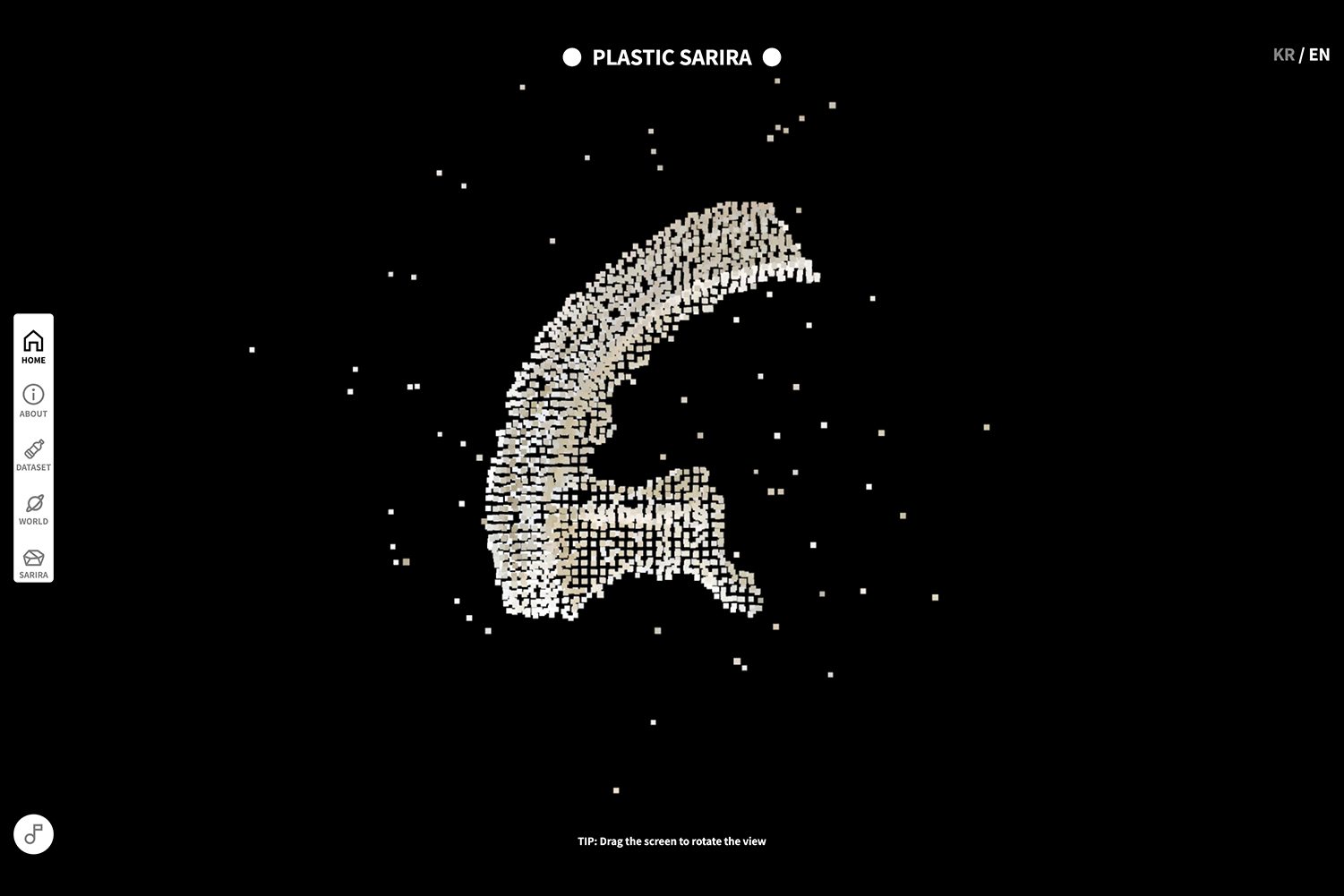

/++

